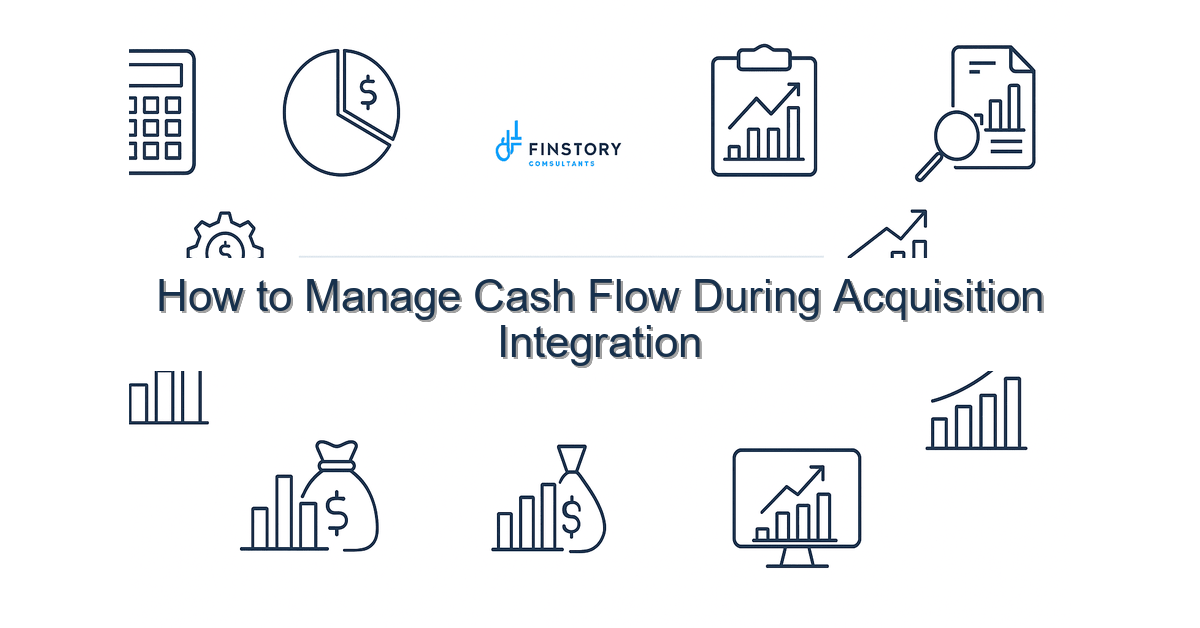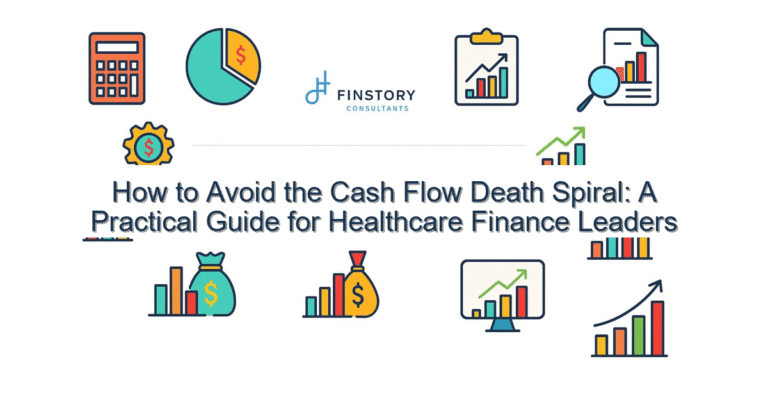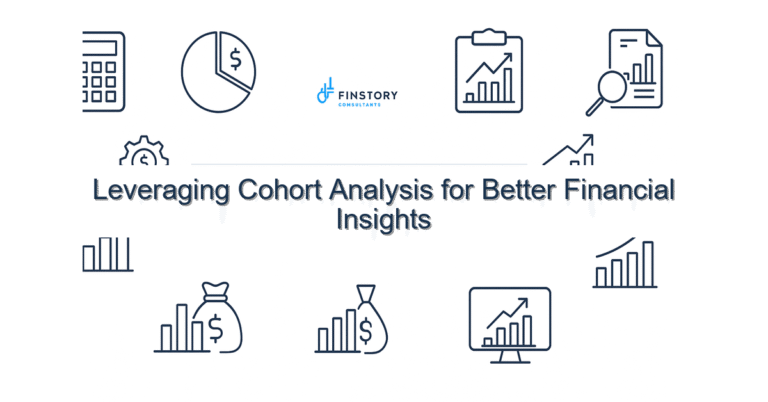How to Manage Cash Flow During Acquisition Integration
Acquisitions are exciting—the promise of scale, new services, and market share. They’re also where cash surprises happen: billing gaps, duplicate vendors, and unexpected working capital needs that can derail plans. You’re not alone if this feels like firefighting while running the business.
Summary: Tighten cash flow during integration by mapping cash drivers, prioritizing collections, harmonizing payables, and reporting daily cash positions—so you make confident decisions and preserve value.
What’s the real problem?
In healthcare, integrations expose operational fractures that directly hit cash. Different billing systems, slow patient collections, and misaligned vendor terms turn projected synergies into cash shortfalls. Leaders often discover the problem only when cash balances drop or when treasury can’t fund payroll or supplier payments.
- Revenue lags because coding, claims submission, or EHR interfaces aren’t aligned.
- Duplicate or conflicting vendor contracts increase cash outflows.
- Unclear intercompany billing or allocation rules create unexpected working capital demands.
- Finance teams lack a single daily view of cash and short-term commitments.
What leaders get wrong
People assume the accounting close will reveal issues in time. It won’t. Month-end reporting is too slow during an integration. Other common mistakes:
- Waiting to consolidate systems. Slow IT decisions amplify billing gaps and collection delays.
- Relying on historical averages to forecast post-close cash—without adjusting for integration disruption.
- Treating payables and receivables as separate projects instead of managing net cash impact together.
- Undercommunicating with clinical and revenue cycle leaders about temporary process changes that affect cash.
A better approach
Treat cash flow as the integration north star. Below is a pragmatic 4-step framework you can start executing this week.
- Map the cash drivers. Identify the 10 line items that move most cash in the next 90 days: payroll timing, patient AR aging >60 days, largest vendor payments, capex commitments, and intercompany settlements.
- Stabilize receivables. Put revenue-cycle subject matter experts on a short list of critical claims, reconcile payer contracts that differ between entities, and centralize collections for high-dollar accounts.
- Optimize payables. Negotiate short deferrals where possible, consolidate duplicate suppliers, and implement a daily payment run for high-impact invoices only.
- Report daily and act fast. Build a concise daily cash pack—opening balance, inflows, outflows, top risks, and actions—and review it with the integration leader each morning.
Real-world example: A mid-sized health system I advised reduced unexpected weekly cash swings from $6M to under $1M within 45 days by centralizing collections and moving to a twice-weekly vendor payment run. That gave the CEO certainty to proceed with planned investments.
Quick implementation checklist
- Create a 90-day cash map: top 10 inflows/outflows and their owners.
- Stand up a 7-day cash forecast and a rolling 30-day scenario view.
- Identify top 20 AR accounts >60 days and assign collectors with escalations.
- Audit top 30 vendors for duplicates and better payment terms.
- Pause non-essential capex and large discretionary spend until cash steadies.
- Establish a daily cash report and a 15-minute morning huddle with finance and integration leads.
- Standardize intercompany billing rules and short-term funding lines for timing gaps.
- Communicate changes to clinical and revenue cycle leaders so they understand impacts on patient collections and scheduling.
What success looks like
- Cash forecast accuracy within +/- 5% for the 30-day horizon.
- Reduction in weekly cash variability by 70% within 60 days.
- Days Sales Outstanding (DSO) improvement of 8–15 days on critical accounts.
- Reduction in emergency short-term borrowing and associated fees by 100%.
- Integration milestones hit on schedule because treasury confidence replaces firefighting.
Risks & how to manage them
- Risk: Billing system gaps cause revenue loss. Mitigation: Run parallel submissions, prioritize high-dollar service lines, and deploy temporary manual workarounds with clear owners.
- Risk: Supplier disruption from payment delays. Mitigation: Communicate early, negotiate temporary extended terms, and classify vendors into critical vs. deferrable payments.
- Risk: Fragmented data undermines forecasts. Mitigation: Create a single-source daily cash view and use reconciled bank balances to ground forecasts.
Tools & data
Use finance automation to pull bank feeds, AR aging, and AP schedules into one place. Power BI or similar tools can deliver a concise daily cash dashboard to leadership. Keep leadership reporting short: opening balance, net cash change, top 3 risks, and next actions. Automate where you can—manual spreadsheets are slow and fragile during an integration.
Next steps
Start with a 48–72 hour rapid assessment: map top cash drivers, list top AR problem accounts, and stand up a temporary daily cash report. Invite the CFO, revenue cycle lead, and treasury to a daily 15-minute check-in for at least the first 30 days. If you want help building the forecast model, automating feeds, or running the daily pack, contact Finstory—our team has run integrations across hospitals, outpatient networks, and payors.
Work with Finstory. If you want this done right—tailored to your operations—we’ll map the process, stand up the dashboards, and train your team. Let’s talk about your goals.
📞 Ready to take the next step?
Book a 20-min call with our experts and see how we can help your team move faster.
Prefer email or phone? Write to info@finstory.net
or call +91 44-45811170.






